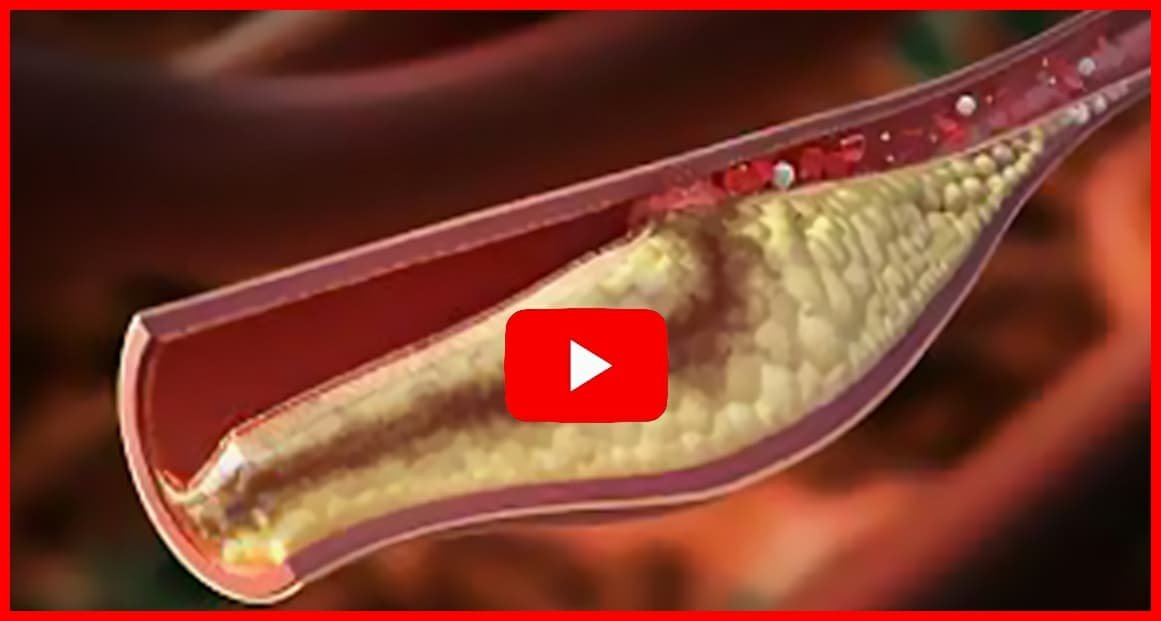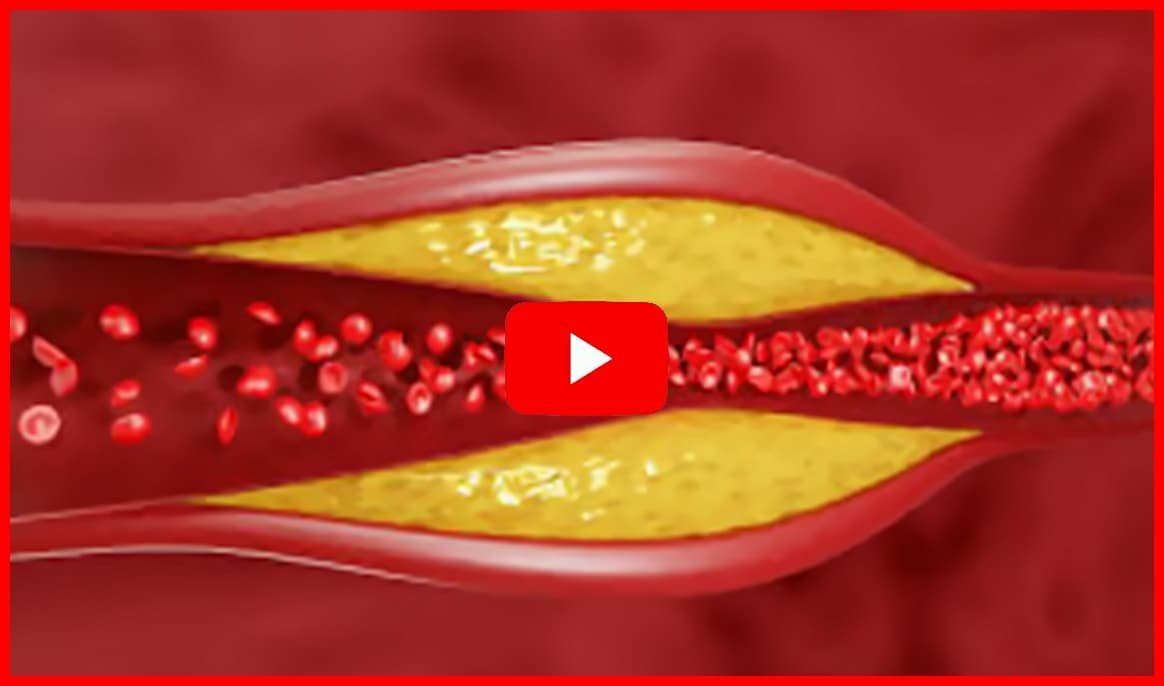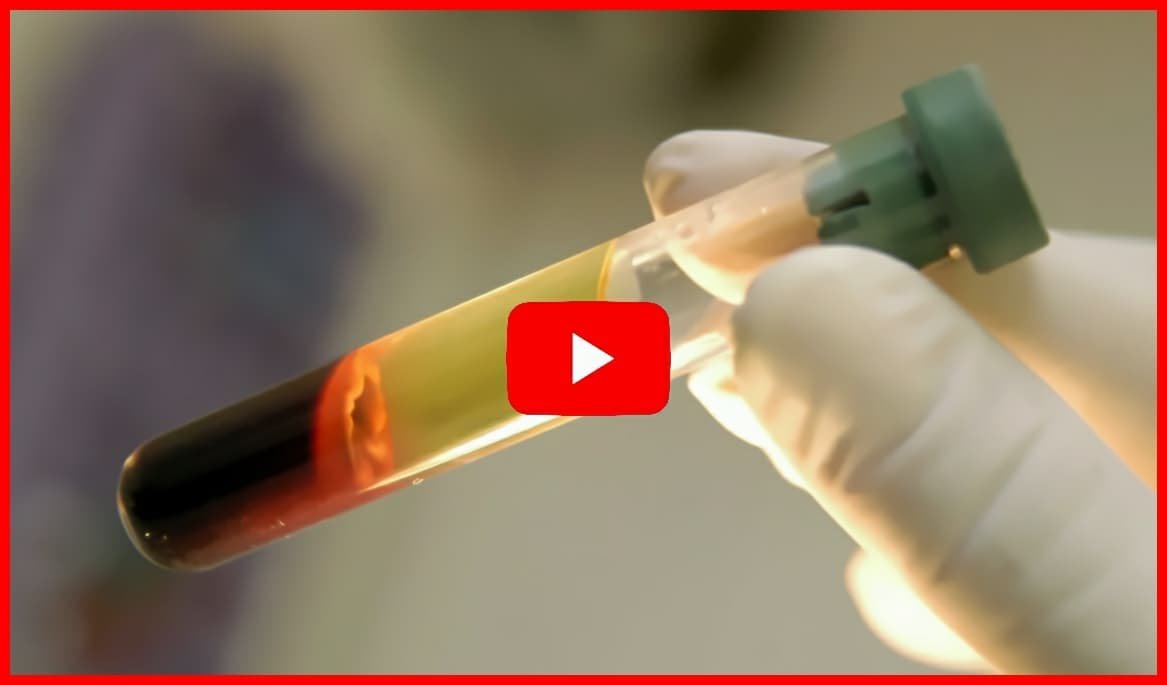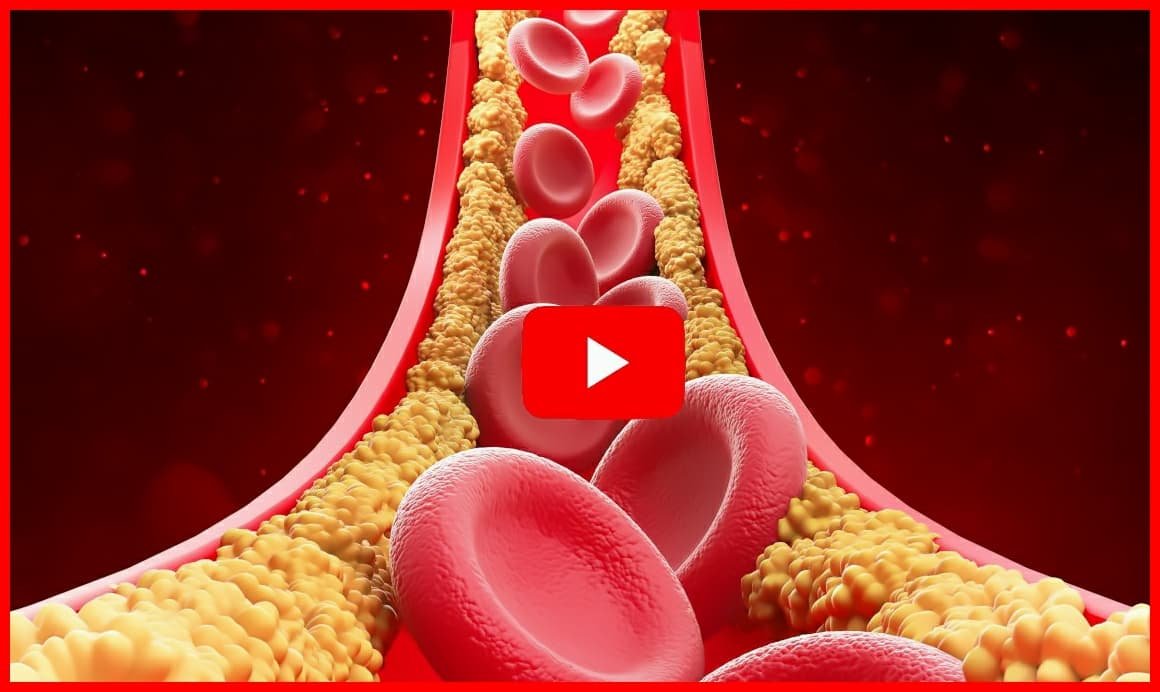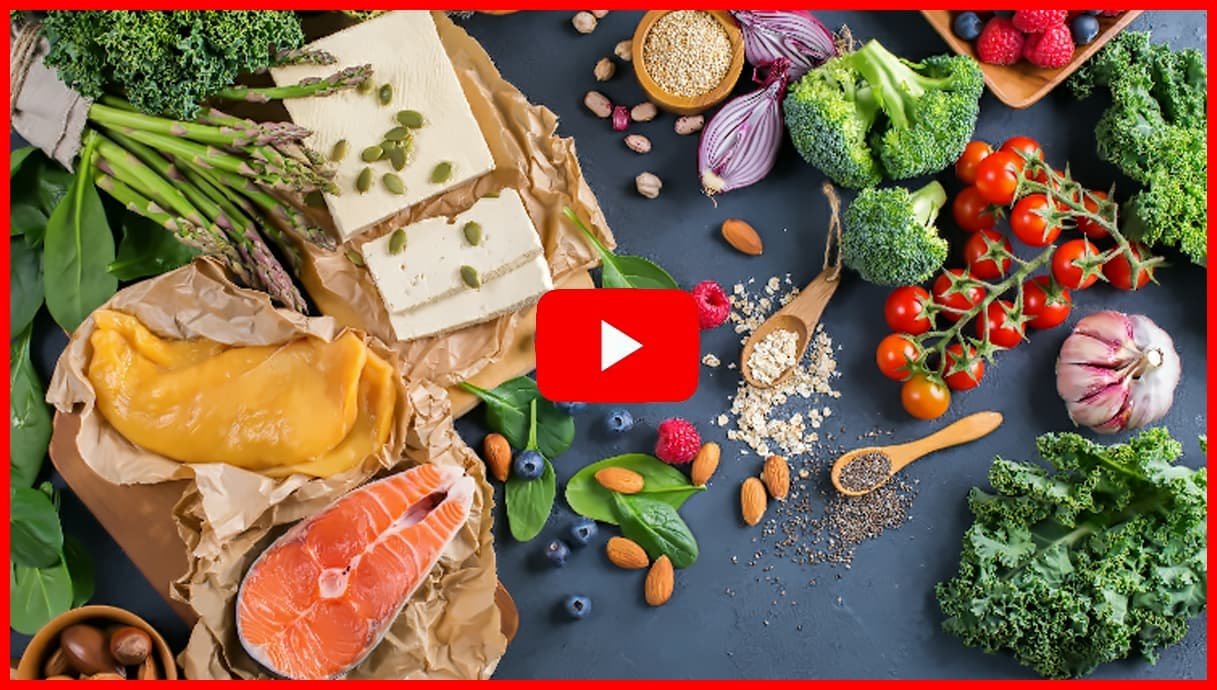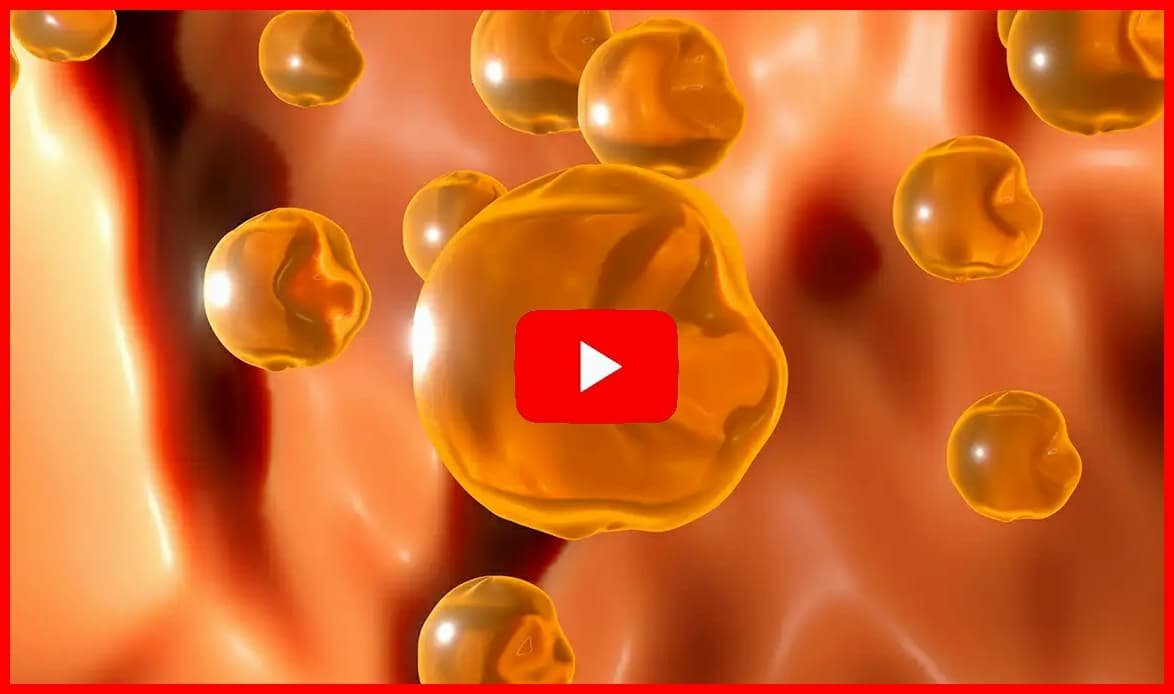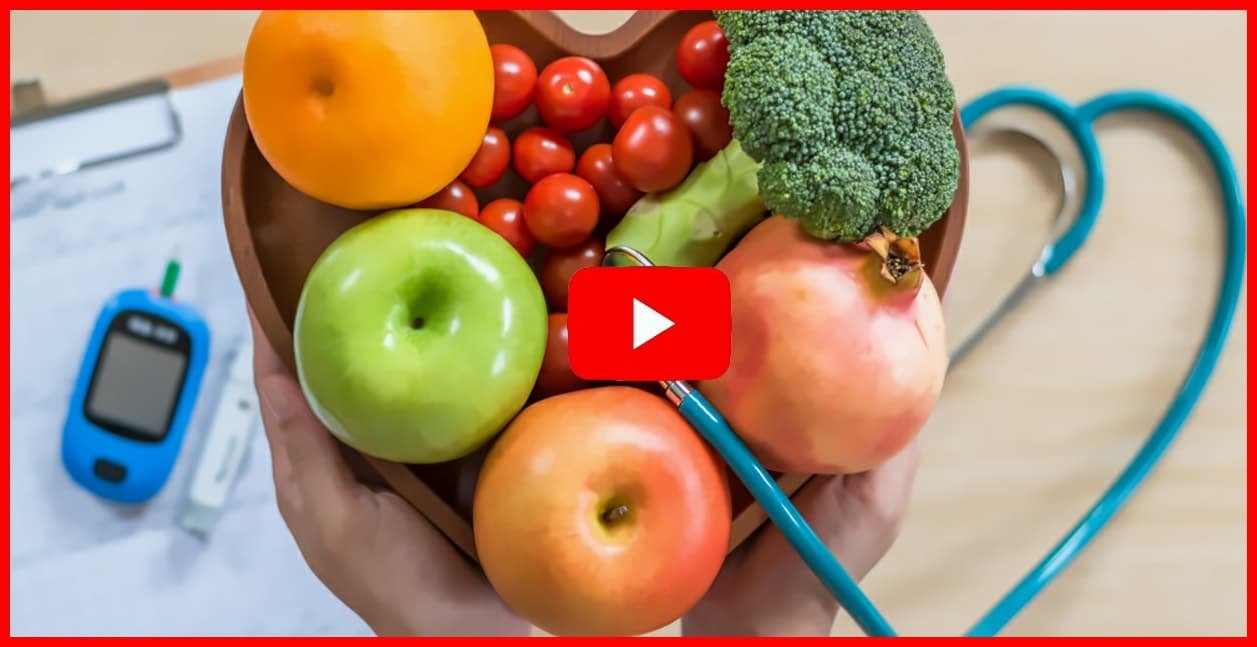Foods That Lower Cholesterol: A Deep Dive into Nutritional Strategies for Heart Health
Diet plays a pivotal role in maintaining cardiovascular health, and incorporating foods that lower cholesterol is one of the most effective strategies to reduce the risk of heart disease. These foods work in multiple ways: reducing LDL (“bad”) cholesterol, increasing HDL (“good”) cholesterol, and improving overall lipid profiles. Over time, such dietary choices can significantly lower the risk of atherosclerosis, heart attacks, strokes, and other cardiovascular conditions.
Soluble Fiber: The Heart’s Ally
Soluble fiber is a powerhouse nutrient for lowering LDL cholesterol. It binds to cholesterol in the digestive tract, preventing its absorption into the bloodstream.
Key sources include:
-
Oats and oat-based products (rich in beta-glucan)
-
Barley
-
Beans and lentils
-
Fruits such as apples, berries, and pears
-
Vegetables like carrots and Brussels sprouts
Practical tip: Starting your day with a bowl of oatmeal or adding beans and lentils to soups and salads can significantly improve your cholesterol profile.
Legumes: Plant-Based Powerhouses
Legumes, including chickpeas, black beans, lentils, and other pulses, are excellent sources of soluble fiber and plant protein. They not only help reduce LDL cholesterol but also support blood sugar regulation and healthy weight management—both crucial for cardiovascular health. Incorporating legumes into main dishes, soups, or salads is an easy and delicious way to protect your heart.
Healthy Fats: Replacing Bad with Good
The type of fat you eat has a profound effect on cholesterol levels. Replacing saturated fats—found in red meats, full-fat dairy, and many processed foods—with unsaturated fats improves lipid profiles.
Sources of healthy fats include:
-
Fatty fish: salmon, mackerel, sardines, and anchovies (rich in omega-3 fatty acids)
-
Nuts and seeds: almonds, walnuts, chia seeds, and flaxseeds
-
Plant oils: olive oil, avocado oil, canola oil
Benefits: Omega-3 fatty acids reduce triglycerides, lower inflammation, and help raise HDL cholesterol. Regular consumption of nuts and plant oils can further enhance cardiovascular protection.
Plant Sterols and Stanols: Nature’s Cholesterol Blockers
Plant sterols and stanols naturally occur in small amounts in many plant-based foods and lower LDL cholesterol by inhibiting its absorption in the intestines.
Practical sources:
-
Fortified margarines
-
Orange juices
-
Yogurts
Incorporating these foods into your daily diet is a simple, evidence-based way to support heart health.
Antioxidant-Rich Foods: Protecting Your Arteries
While antioxidants may not directly lower LDL cholesterol, they are essential for vascular health. Compounds such as vitamin C, vitamin E, and polyphenols protect blood vessels from oxidative stress, a key factor in atherosclerosis.
Top antioxidant-rich choices:
-
Berries: blueberries, strawberries, raspberries
-
Dark leafy greens: spinach, kale, Swiss chard
-
Brightly colored vegetables: bell peppers, carrots, tomatoes
A diet rich in these foods reduces inflammation, preserves endothelial function, and enhances overall heart health.
Conclusion
Lowering cholesterol through diet is not about restriction—it’s about making informed, nutrient-rich choices that nourish your heart. By prioritizing soluble fiber, healthy fats, plant sterols, and antioxidant-rich foods, you can:
-
Reduce LDL (“bad”) cholesterol
-
Support HDL (“good”) cholesterol
-
Protect your arteries from oxidative damage
-
Lower overall cardiovascular risk
Small, consistent dietary changes can lead to long-lasting improvements in heart health, making every meal an opportunity to care for your cardiovascular system.
What Is Cholesterol: An In-Depth Look at This Vital Lipid
Cholesterol is a waxy, fat-like substance essential for the proper functioning of the human body. Despite its negative reputation in popular media, cholesterol plays critical roles in numerous biological processes. It is a key component of cell membranes, providing structural integrity and fluidity that keep cells both flexible and resilient.
Cholesterol also serves as a precursor for the synthesis of vital hormones, including cortisol, aldosterone, and sex hormones such as estrogen, progesterone, and testosterone. These hormones regulate metabolism, stress response, reproductive function, and fluid balance.
Additionally, cholesterol is involved in the production of vitamin D, synthesized in the skin through sunlight exposure. Vitamin D is crucial for calcium absorption, bone health, immune regulation, and muscle function. These diverse roles highlight why maintaining balanced cholesterol levels is essential for overall health.
Why Cholesterol Gets a Bad Rap
Cholesterol is often associated with cardiovascular disease, but this is primarily due to how it is transported and balanced in the bloodstream. Cholesterol travels through the blood via particles called lipoproteins. The two main types are:
-
Low-density lipoprotein (LDL) – often labeled “bad cholesterol.” High LDL levels can lead to plaque buildup in artery walls, narrowing arteries and reducing blood flow. This condition, called atherosclerosis, increases the risk of heart attacks and strokes.
-
High-density lipoprotein (HDL) – known as “good cholesterol.” HDL helps remove excess cholesterol from the bloodstream, transporting it back to the liver for processing and elimination. Higher HDL levels are protective against plaque formation and cardiovascular disease.
The balance between LDL and HDL is crucial. Maintaining lower LDL and higher HDL levels reduces cardiovascular risk and supports long-term heart health.
Sources and Regulation of Cholesterol
The body naturally produces cholesterol in the liver, but it is also obtained through dietary sources. Foods high in saturated fats and trans fats can raise LDL cholesterol, contributing to plaque buildup. However, cholesterol itself is not inherently harmful; the risk arises when levels are imbalanced or poorly managed.
Factors influencing cholesterol levels include:
-
Diet: High intake of saturated and trans fats can elevate LDL.
-
Genetics: Some individuals are predisposed to higher cholesterol levels.
-
Lifestyle: Physical activity, weight management, and smoking cessation can improve cholesterol balance.
The Takeaway
Cholesterol is not the enemy—it is a vital molecule that supports cell function, hormone production, and overall health. Problems arise only when LDL levels are too high or HDL levels are too low, leading to cardiovascular complications.
By understanding cholesterol’s functions and the factors that influence its levels, individuals can make informed lifestyle choices—including diet, exercise, and other heart-healthy habits—to maintain optimal cardiovascular health. A nuanced approach empowers you to leverage cholesterol’s benefits while minimizing its risks, promoting a stronger heart and overall well-being.
🏆 Lipid Control Plus is a multi-ingredient food supplement designed for people who want to take comprehensive care of their cholesterol levels, liver health and cardiovascular system. The product has been created on the basis of 8 natural ingredients.
🏆 Regular use of Lipid Control Plus helps to take care of the lipid profile. The product supports detoxification and the flow of digestive juices. Lipid Control Plus also prevents the accumulation of fats and improves their removal by the liver. Consumers will appreciate that the product supports heart health and supports proper liver function.
Healthy Cholesterol Range: Setting the Benchmarks for Optimal Heart Health
Understanding what constitutes a healthy cholesterol range is essential for assessing cardiovascular risk and guiding lifestyle and medical interventions. While target levels may vary depending on age, genetics, and existing health conditions, medical guidelines provide clear benchmarks for evaluating cholesterol components and overall heart health.
Total Cholesterol
Total cholesterol is the sum of all cholesterol types in the blood. General guidelines classify total cholesterol levels as follows:
-
Desirable: Below 200 mg/dL
-
Borderline high: 200–239 mg/dL (requires monitoring and lifestyle changes)
-
High: 240 mg/dL and above (warrants prompt intervention)
While total cholesterol gives an overview, it does not reveal the full picture. Examining LDL, HDL, and triglycerides individually is crucial for a complete assessment.
LDL Cholesterol: The “Bad” Cholesterol
LDL cholesterol is the main contributor to plaque buildup in arteries and is a primary target for reduction:
-
Optimal: Below 100 mg/dL
-
Near optimal: 100–129 mg/dL
-
High risk: 130 mg/dL and above
-
Aggressive target: Below 70 mg/dL for individuals with heart disease or multiple risk factors
Lowering LDL reduces the likelihood of atherosclerosis, heart attacks, and strokes. Lifestyle changes—such as limiting saturated and trans fats, exercising regularly, and maintaining a healthy weight—can help lower LDL levels effectively.
HDL Cholesterol: The “Good” Cholesterol
HDL cholesterol helps remove excess cholesterol from the bloodstream, offering protective benefits for the heart:
-
Protective level: 60 mg/dL or higher
-
Low (increased risk): Below 40 mg/dL for men, below 50 mg/dL for women
Raising HDL can be achieved through regular physical activity, quitting smoking, consuming healthy fats, and maintaining a healthy body weight. Higher HDL levels help counteract the harmful effects of LDL cholesterol.
Triglycerides
Triglycerides are another important lipid type, with elevated levels often accompanying high LDL and low HDL, further increasing cardiovascular risk:
-
Normal: Below 150 mg/dL
-
Borderline: 150–199 mg/dL
-
High: 200–499 mg/dL
-
Very high: 500 mg/dL and above
Lifestyle interventions such as reducing sugar intake, limiting alcohol, and increasing physical activity are effective in managing triglycerides.
Proactive Management for Long-Term Heart Health
Maintaining cholesterol within these recommended ranges significantly lowers cardiovascular risk. Regular screening, paired with personalized medical advice, allows individuals to monitor their lipid profiles and take timely action.
A combination of heart-healthy diet, consistent exercise, weight management, and medication when necessary forms the foundation for maintaining optimal cholesterol levels. By taking a proactive approach, you can protect your heart, improve overall wellness, and enjoy long-term cardiovascular health.
🏆 Lipid Control Plus is a multi-ingredient food supplement designed for people who want to take comprehensive care of their cholesterol levels, liver health and cardiovascular system. The product has been created on the basis of 8 natural ingredients.
🏆 Regular use of Lipid Control Plus helps to take care of the lipid profile. The product supports detoxification and the flow of digestive juices. Lipid Control Plus also prevents the accumulation of fats and improves their removal by the liver. Consumers will appreciate that the product supports heart health and supports proper liver function.
YOU MAY ALSO LIKE:
The Truth About Cholesterol and Heart Disease: What You Should Know
Cholesterol Explained: Your Path to a Heart-Healthy Lifestyle
Understanding Cholesterol: The Ultimate Guide to Heart Health
Managing Cholesterol for a Healthier Life: Simple & Effective Steps
Cholesterol Myths and Facts: Debunking Misconceptions for Heart Health
Your Cholesterol Journey: Embrace Wellness and Heart Happiness
Cholesterol and Your Health: The Essential Guide to Heart Wellness
Cholesterol Control: Tips to Strengthen Your Heart & Live Healthier

